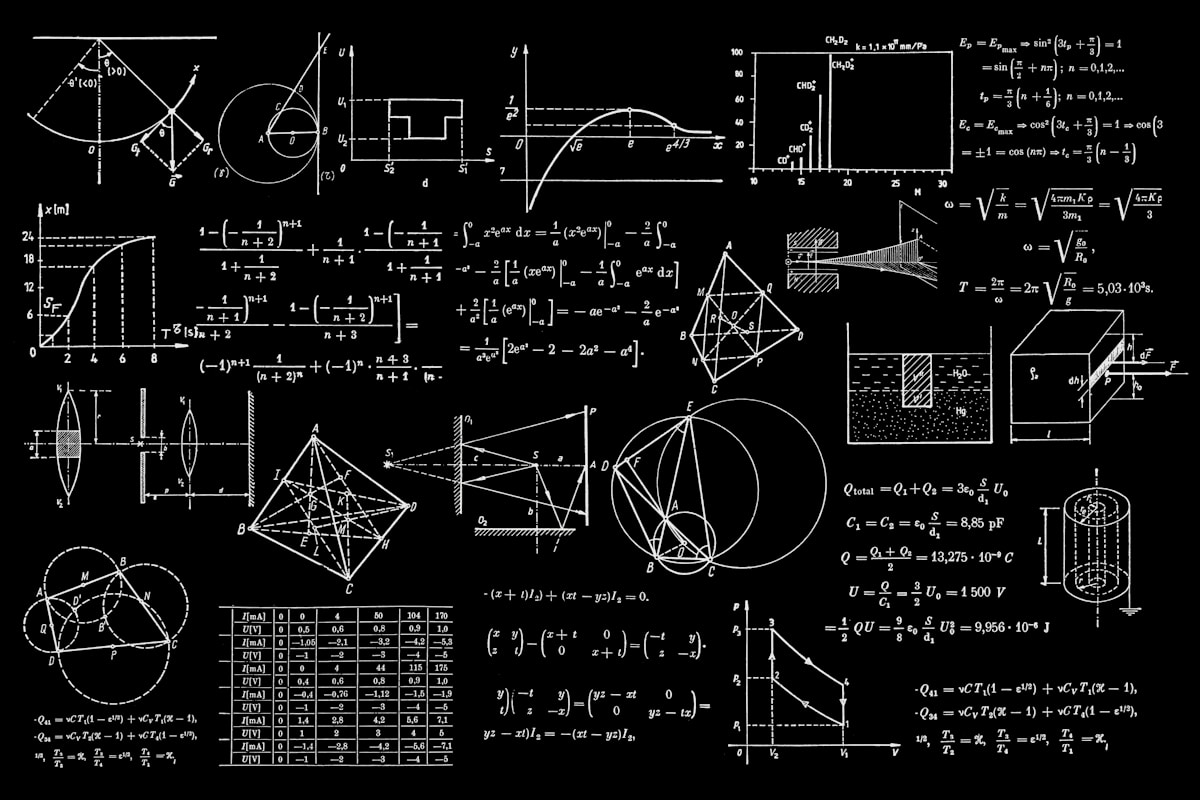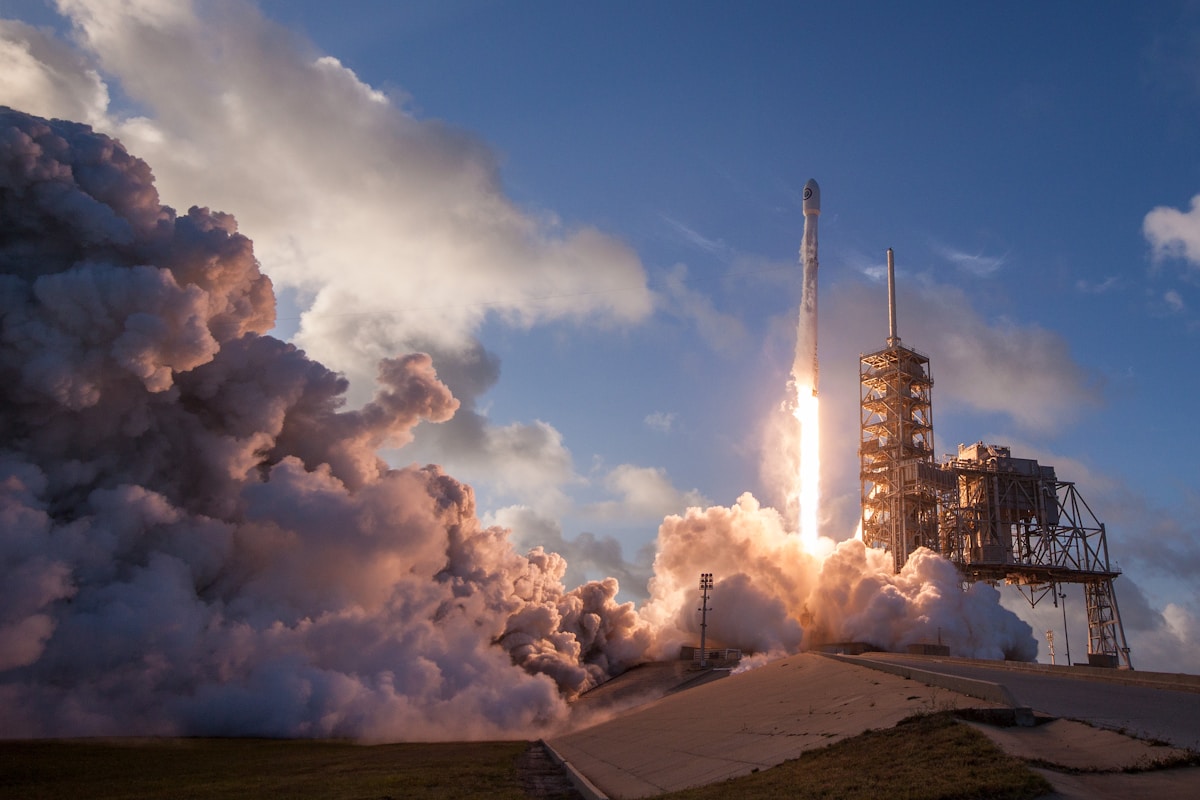
Introduction
Deep-space exploration has historically operated under severe communication constraints. Light-speed delays create round-trip communication times measured in minutes for Mars missions and hours for outer solar system destinations. These delays make real-time ground control impossible, forcing spacecraft to operate with significant autonomy during critical phases like landing, orbital insertion, and close planetary encounters.
Artificial intelligence and machine learning are fundamentally changing this paradigm. Rather than pre-programmed sequences with limited flexibility, modern spacecraft increasingly employ AI systems capable of perception, decision-making, and adaptive behavior. These capabilities enable missions to respond to unexpected conditions, optimize scientific return, and operate with reduced ground personnel—critical factors as space agencies and commercial operators pursue more frequent, complex missions with constrained budgets.
This article examines the application of AI technologies in spacecraft operations, focusing on autonomous navigation, science autonomy, fault detection and recovery, and the engineering challenges of deploying AI systems in the extreme environment of space.
The Communication Delay Problem
Light travels at approximately 300,000 kilometers per second, creating fundamental limits on Earth-spacecraft communication. When Mars is at its closest approach to Earth, signals require about 4 minutes one-way, translating to 8-minute round-trip communication. At maximum distance, this extends to 24-minute round trips. For spacecraft exploring Jupiter's moons or Saturn's rings, delays exceed hours.
Historical Approaches
Early space missions addressed these delays through extensive pre-planning and conservative operations. The Viking Mars landers in 1976, for example, spent days on the surface conducting initial surveys before attempting any soil sample collection. Each action required ground controllers to analyze data, develop command sequences, uplink those sequences, and wait for confirmation—a process consuming significant time and limiting daily operational efficiency.
As missions grew more complex, this approach became increasingly impractical. The Mars Pathfinder rover in 1997 could cover only meters per day due to the stop-and-wait cycle of human-in-the-loop operations. Modern Mars rovers like Curiosity and Perseverance require much greater mobility and scientific productivity, driving the need for autonomous capabilities.

Autonomous Navigation Systems
Visual navigation represents one of the most mature applications of AI in space systems. Mars rovers employ sophisticated computer vision algorithms to perceive terrain, identify hazards, and plan safe traverses—all without ground intervention during driving sequences.
Visual Odometry and Terrain Analysis
The AutoNav system developed for Mars rovers uses stereo cameras to construct three-dimensional terrain maps. Machine learning algorithms classify terrain features, identifying rocks, slopes, and soft surfaces that could pose mobility hazards. The rover then plans paths around these obstacles while maximizing progress toward designated waypoints.
Recent advances employ deep learning for terrain classification. Convolutional neural networks (CNNs), trained on extensive datasets of Martian imagery, achieve more robust rock detection and slope estimation than earlier rule-based systems. The Perseverance rover's Autonomous Exploration for Gathering Increased Science (AEGIS) system can identify and analyze rocks of interest without waiting for ground commands, dramatically increasing scientific productivity during traverses.
Celestial Navigation for Deep Space
Beyond planetary surfaces, autonomous navigation relies on celestial references. Traditional spacecraft navigation uses ground-based radio tracking, but this requires dedicated antenna time and becomes increasingly imprecise at extreme distances. Optical navigation systems photograph asteroids, moons, or stars, using machine learning algorithms to identify features and precisely determine spacecraft position and velocity.
NASA's OSIRIS-REx mission to asteroid Bennu demonstrated advanced optical navigation, autonomously tracking the asteroid's position and maintaining required orbital parameters despite Bennu's irregular gravity field. The spacecraft's autonomous hazard mapping enabled safe sample collection site selection—a process that would have been prohibitively slow with manual ground operations.
Science Autonomy: Maximizing Discovery
Science autonomy systems enable spacecraft to make observational decisions independently, prioritizing targets and adapting data collection strategies based on observed phenomena. This capability proves particularly valuable for missions investigating dynamic or unpredictable events.
Target Prioritization
The Autonomous Exploration for Gathering Increased Science (AEGIS) system, first deployed on the Opportunity rover and refined for Curiosity and Perseverance, analyzes images to identify scientifically interesting features. Machine learning classifiers evaluate rocks based on size, texture, and context, selecting targets for detailed analysis with onboard instruments.
This autonomy transforms rover operations. Traditional workflows require ground scientists to review images, identify targets, and uplink observation commands—consuming an entire Martian day per target. AEGIS enables multiple target analyses per day, dramatically increasing scientific return, particularly during long traverses where traditional commanding would leave instruments idle.

Adaptive Observation Strategies
Beyond individual target selection, AI systems increasingly implement adaptive observation strategies. The Mars Reconnaissance Orbiter's Context Camera uses onboard change detection algorithms to identify new features—such as fresh impact craters or seasonal phenomena—triggering high-resolution follow-up observations without ground intervention.
Future missions may employ reinforcement learning approaches, where spacecraft learn optimal observation strategies through experience. Simulations suggest such systems could significantly outperform pre-programmed observation sequences, particularly for missions investigating dynamic environments like Enceladus' geysers or Io's volcanic activity.
Fault Detection, Isolation, and Recovery
Spacecraft operate in extreme environments: hard vacuum, intense radiation, extreme temperatures, and micrometeoroid impacts. Component failures are inevitable over multi-year missions, making robust fault management critical. AI-based approaches provide more sophisticated fault detection and recovery than traditional methods.
Anomaly Detection Through Machine Learning
Traditional fault detection relies on explicit threshold monitoring—flagging faults when sensors report values outside pre-defined ranges. This approach misses subtle degradation patterns and generates false alarms from benign anomalies. Machine learning-based anomaly detection analyzes telemetry patterns, identifying deviations from expected behavior that might indicate developing faults.
NASA's Jet Propulsion Laboratory has deployed such systems on Earth-orbiting spacecraft, demonstrating detection of anomalies invisible to threshold-based methods. Extending these capabilities to deep-space missions could enable early identification of component degradation, triggering preventive actions before failures occur.
Autonomous Recovery Strategies
When faults do occur, autonomous recovery systems must restore spacecraft functionality without ground assistance. Rule-based approaches implement fault trees—pre-defined recovery procedures for anticipated failure modes. AI systems augment this with learned recovery strategies, drawing on databases of historical faults and resolutions to select appropriate responses for novel situations.
The Autonomous Systems and Operations (ASO) project at JPL develops hierarchical AI architectures for spacecraft autonomy. These systems combine model-based reasoning—using engineering models of spacecraft systems—with learned patterns from simulations and operational experience, achieving more robust fault recovery than either approach alone.
Engineering Challenges: AI in Space
Deploying AI systems in spacecraft presents unique engineering challenges distinct from terrestrial applications. Computational resources are severely constrained, radiation-hardened processors lag commercial state-of-the-art by generations, and software must achieve exceptional reliability without the possibility of physical repairs.
Computational Constraints
Spacecraft computers prioritize radiation tolerance and power efficiency over raw performance. The Perseverance rover's main computer, for example, uses a radiation-hardened PowerPC 750 processor—a design from the 1990s—running at 200 MHz. This provides approximately 400 MIPS of computational capacity, orders of magnitude less than modern smartphones.
AI algorithms must be optimized for these constraints. Deep learning models employed on rovers typically use pruned networks with dramatically fewer parameters than their terrestrial counterparts. Quantization techniques reduce numerical precision, trading minor accuracy losses for significant speedups. Despite these optimizations, onboard inference remains far slower than on modern GPUs, limiting the complexity of real-time AI applications.
Verification and Validation
Machine learning systems introduce verification challenges foreign to traditional software. Neural networks operate as black boxes, lacking interpretable decision-making logic that can be formally verified. This creates tension with aerospace safety culture, which demands comprehensive understanding of failure modes.
Current approaches combine extensive testing with operational safeguards. AI systems operate under supervisor layers that monitor decisions, overriding AI commands that violate safety constraints. Mission-critical functions retain traditional implementations, with AI providing advisory recommendations rather than direct control. As confidence in AI reliability grows through operational experience, these restrictions may gradually relax.
Future Directions
The trajectory of AI in space missions points toward increasing sophistication and autonomy. Near-term developments will likely focus on enhancing existing capabilities—faster terrain analysis enabling longer rover drives, more sophisticated science autonomy capturing rare phenomena, and improved fault prediction reducing mission-ending failures.
Longer-term, missions to ocean worlds like Europa or Enceladus may employ AI systems capable of adaptive exploration. Hypothetical submersible vehicles exploring subsurface oceans would operate entirely autonomously, making scientific decisions and planning traverses without any real-time human input. Such missions remain years or decades away, but current AI development work lays necessary foundations.
Conclusion
Artificial intelligence has transitioned from experimental curiosity to operational necessity for deep-space missions. Communication delays and operational complexity demands make human-in-the-loop control increasingly impractical as missions grow more ambitious. AI systems provide essential capabilities—autonomous navigation, adaptive science operations, and intelligent fault management—that enable missions impossible under traditional command paradigms.
The challenges are significant: computational constraints, verification complexity, and the unforgiving nature of the space environment. However, steady progress demonstrated on operational missions—from Mars rovers to asteroid explorers—validates the approach. As AI technology matures and operational experience accumulates, the scope of autonomous capabilities will expand, enabling increasingly sophisticated missions with reduced ground operations and enhanced scientific return.
The next generation of space exploration will not merely use AI as a tool; autonomy will be fundamental to mission concepts, enabling exploration of environments and phenomena inaccessible through traditional approaches. Understanding and advancing these capabilities represents a critical dimension of humanity's expansion beyond Earth.